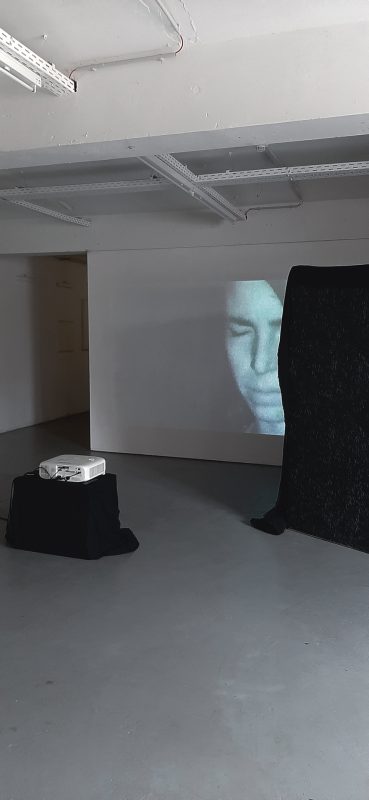
Auf den Spuren des Neuen Frankfurt
Liselotte Müller was a graphic artist in the time of New Frankfurt, but remains unknown as a designer. Müller studied at the Frankfurt Art School from 1923 to 1929. In 2012, works came to light by Müller from the collection of Phillip Albinus, her former teacher at the school. The family estate completes the collection of works, which was indexed and compiled into a catalogue raisonné in the course of this project. Some interesting paths emerged during that process. Significant companions and teachers could be identified and a stylistic development could be depicted. Müller crossed paths with several renowned colleagues and she studied with Albinus, Baumeister, Renner, Leistikow, Rasmussen, among others. She completed her studies with a focus on commercial art. Following her studies, she was employed as a draughtswoman at the Bauer’sche Gießerei in Frankfurt and produced a wealth of work in the style of New Graphics and New Typography. Subsequent to this brief and talented career, Liselotte Müller chose to marry and withdraw into private life.
see further: maybrief 057, July 2022, Rena Chilas: Liselotte Müller, eine Werbegrafikerin aus der Frankfurter Kunstgewerbeschule, page 23. ernst-may-gesellschaft.de/fileadmin/Redakteure/downloads/
maybriefe/maybrief57-Juli-2022.pdf
Carbo+
The small unit CARBO+ carbonises biomass such as green cuttings, wood or branches and converts it into high-quality plant charcoal. The charcoal serves as an aid for allotment gardens, community, or private gardens. Its key feature, though, is its ability to bind and hold CO₂. It is possible for any organic material to become carbon. Raw materials that would otherwise be disposed of are especially suitable as feedstock for the production of pure plant carbon on site. Potential raw materials include rough shrub cuttings, weeds that seed or form rhizomes, sections of plants affected by disease, and many others. The low-emission carbonised material can be used as a soil conditioner and for the production of one’s own terra preta. When following this method, the bound CO₂ is retained for thousands of years, the water storage capacity of the soil is increased, and humus build-up is stimulated. Applied in the long term, the process could play a climate-positive role.
For this project, an oxygen and gas management system was developed that permits the implementation of a minimal starter fire. This fire is fuelled and maintained by the expelled pyrolysis gases. The gases that are specifically directed into the annular space maintain the level of heat and therefore also the pyrolysis process. The system ceases to be when no more synthesis gases escape.




